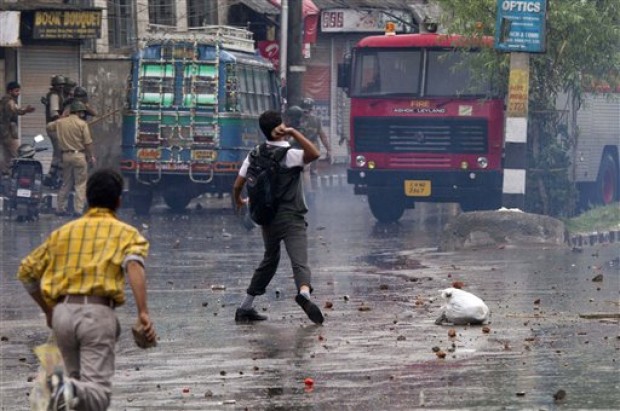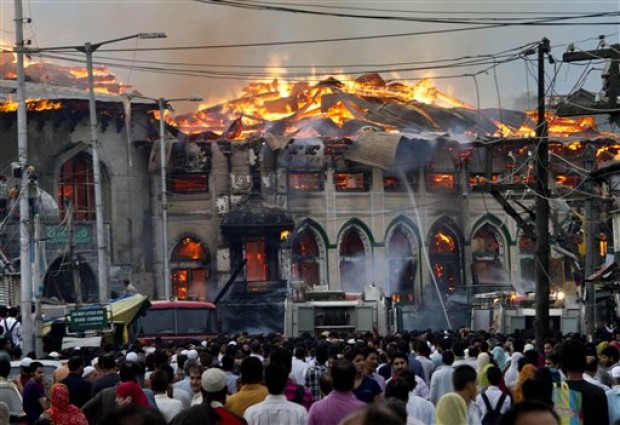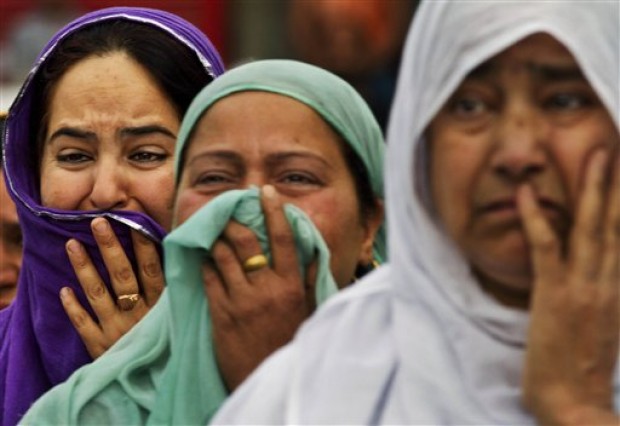![]()
Srinagar, June 26: A fire destroyed a revered Muslim shrine in Kashmir on Monday, prompting anti-government protests by residents angered over what they said was a slow response by firefighters.
The Peer Dastgeer Sahib shrine here was gutted but the holy relic of the 11th century Muslim saint is safe, an official said.

“The holy relic [a hair of the beard] was kept in a fire/burglary proof vault inside the shrine. The holy relic is safe and has been retrieved,” a senior official of the state government told IANS.
Tension, however, continued in Srinagar city in the wake of the devastating fire that destroyed the over 300-year-old wooden shrine in the Khanyar area.
Groups of youth stone pelted and clashed with the police in Khanyar, where a mob attacked a police station.
Police used batons and tear smoke canisters to disperse the protesters, three of whom have been shifted to hospital following symptoms of choking due to smoke.
“The youth are out of danger,” a police officer said.
A spontaneous shutdown crippled life in the old city areas, where traffic was diverted to uptown areas by the police.
Dozens of fire tenders were pressed into service immediately after the fire broke out at the shrine around 6.30am on Monday.
“The cause of fire is being ascertained,” a fire brigade official told IANS.
Shaikh Abdul Qadir, is popularly known as Peer Dastgeer Sahib or ‘Ghaus-e-Azam’ by Muslims and ‘Kahnoow’ by the Hindus. The reverence for the 11th century figure cuts across religious barriers in Kashmir.
Interestingly, Peer Dastgeer Sahib never visited Kashmir and the relic was brought here by an Afghan governor, Abdullah Khan, 337 years ago.
The shrine had many antique chandeliers and invaluable wood carving panels, all of which have been reportedly destroyed in the blaze.







Comments
Add new comment